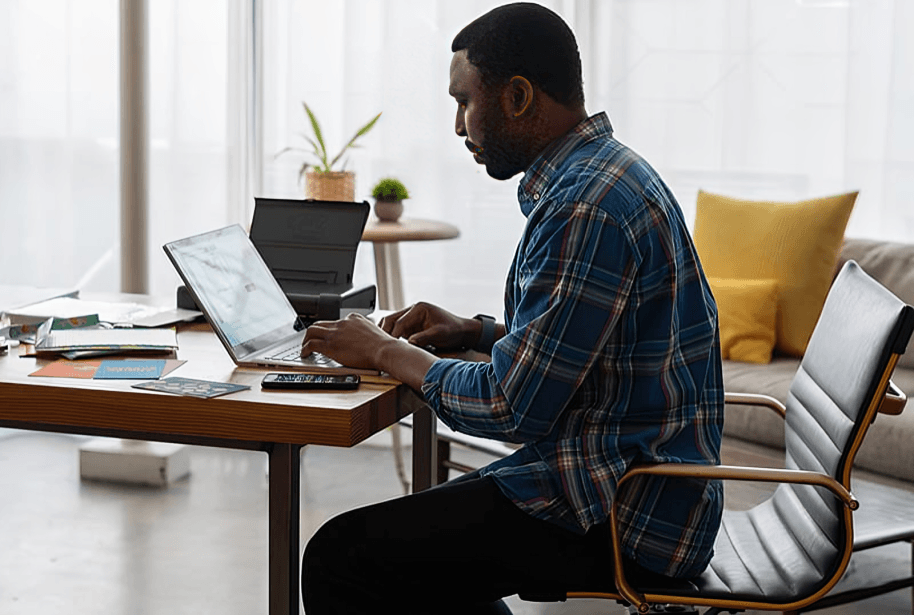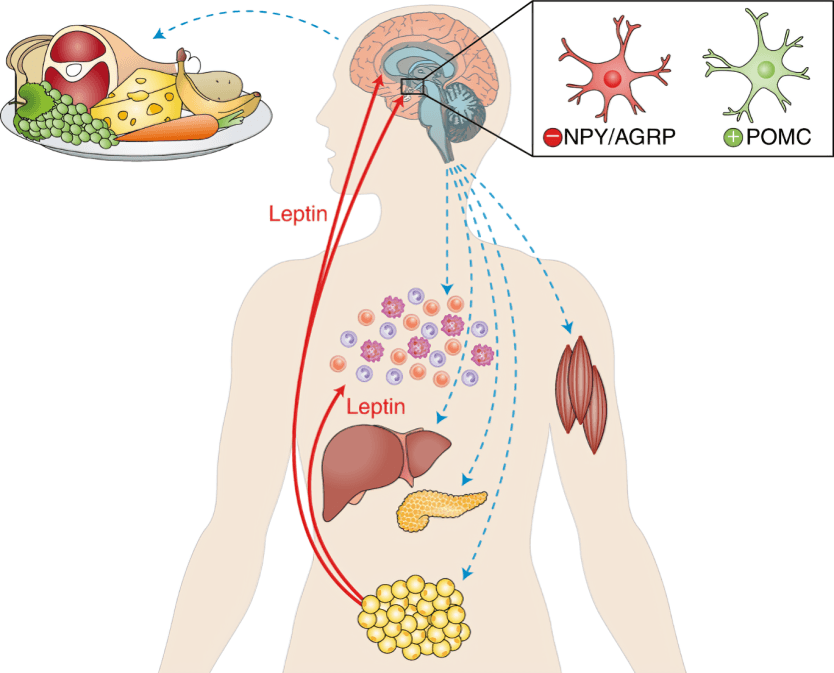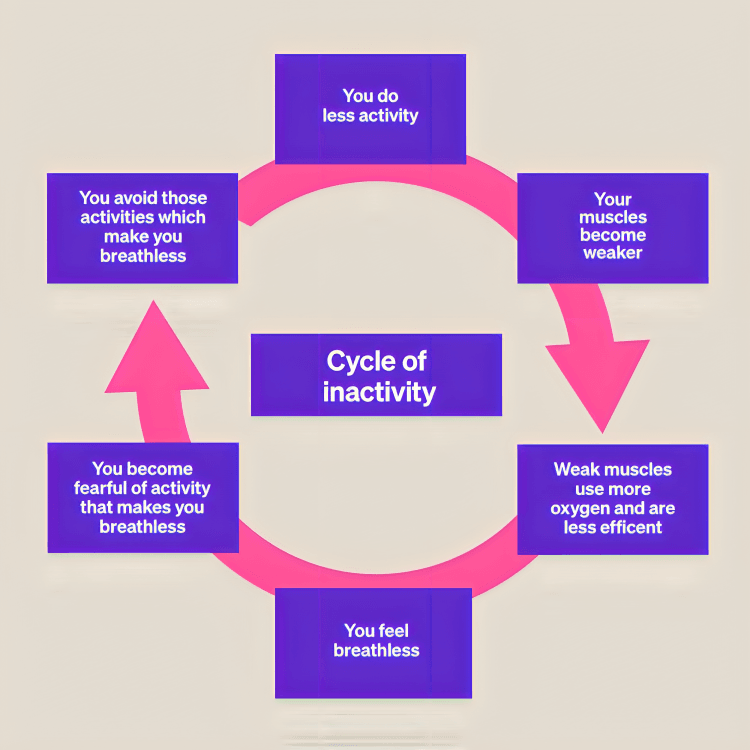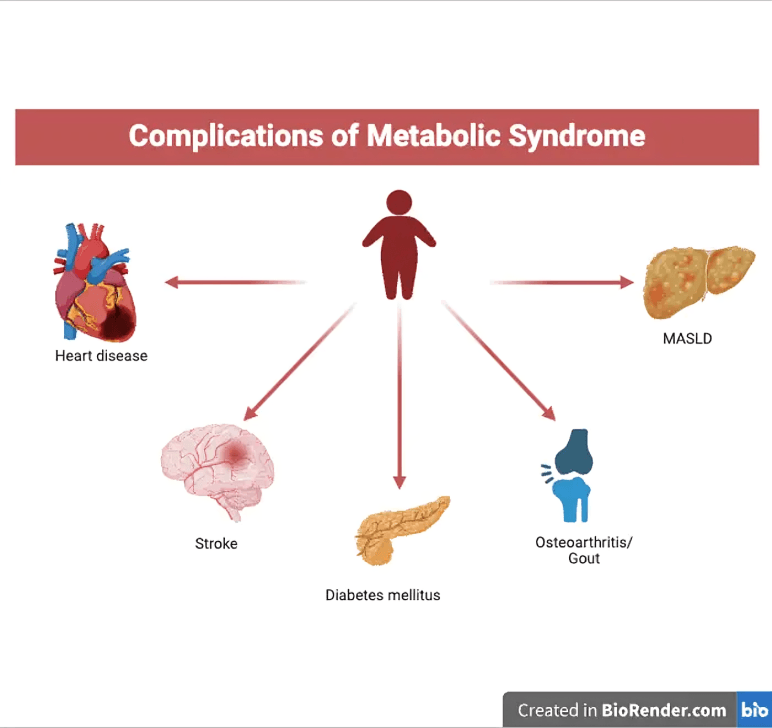
“
In today's fast-paced world, we often underestimate the dangers of a sedentary lifestyle. Sitting for prolonged periods can have severe consequences on our physical health and mental well-being. The dangers of a sedentary lifestyle are often hidden, but they impact nearly every aspect of life, from heart health to emotional stability.1
1
”
A sedentary lifestyle increases the risk of heart disease, as prolonged sitting can raise cholesterol levels and impair circulation, which ultimately contributes to the development of cardiovascular conditions. 1
Sitting for long periods can lead to muscle degeneration, especially in the legs and lower back. This weakens the muscles, reduces flexibility, and can result in chronic pain or injuries over time. 2
Prolonged inactivity is linked to an increased risk of developing type 2 diabetes. Lack of physical activity impairs insulin sensitivity, leading to higher blood sugar levels and a greater chance of metabolic issues.3

Sedentary behavior is a major contributor to obesity, as it decreases energy expenditure while contributing to overeating. Sitting for long hours can result in weight gain and significantly reduce metabolic rate.
Lack of physical activity can impair mental health, contributing to anxiety and depression. Regular movement helps to release endorphins and reduce cortisol, which are vital for maintaining a balanced mood. 4
Prolonged sitting disrupts fat metabolism, raising the risk of high cholesterol and heart disease. Physical activity boosts fat-burning and improves metabolism, lowering health risks. 5
Sedentary habits speed up bone density loss, especially in older adults. Inactivity weakens bones, raising fracture risk and conditions like osteoporosis, which can restrict mobility. 6
Extended sitting harms posture, straining the spine and causing pain in the neck, shoulders, and back. Regular movement supports good posture by aligning the spine and strengthening key muscles.7
Hours of sitting daily reduce circulation, limiting blood flow in the legs. This can cause swelling, varicose veins, and increase the risk of deep vein thrombosis, especially without regular walking.8

Sedentary lifestyles upset hormonal balance, particularly insulin and leptin regulation. Lack of movement disrupts hunger signals, leading to overeating and weight gain.
The risk of stroke increases with prolonged sitting. Sitting for long periods contributes to poor blood circulation, elevates blood pressure, and raises the risk of developing blood clots. 9
A sedentary lifestyle can lead to digestive issues. Extended periods of sitting can slow down the digestive system, leading to constipation and other gastrointestinal problems due to reduced intestinal motility. 10
Prolonged sitting can cause stiffness in the hips and knees, limiting mobility and flexibility. Over time, this can lead to difficulty walking, climbing stairs, or engaging in everyday physical activities. 11

Lack of physical activity reduces lung capacity and aerobic fitness. Over time, the heart and lungs become less efficient, leading to increased fatigue, reduced endurance, and a higher risk of respiratory problems.
Prolonged sitting disrupts sleep patterns. Inactive individuals may face insomnia or poor rest, as lack of movement hinders the body's ability to relax and prepare for sleep. 12
Long inactivity harms skin by reducing blood and oxygen flow, leading to dullness. Physical activity boosts circulation, promoting healthier, more radiant skin. 13
Sedentary habits damage joint health. Extended sitting adds pressure to hips, knees, and the lower back, increasing the risk of arthritis and joint pain. 14

Inactivity raises risk for metabolic syndrome, linked to heart disease, stroke, and type 2 diabetes. Sedentary behavior often causes high blood sugar and elevated cholesterol.
Lack of movement lowers energy levels, causing sedentary individuals to tire easily as their bodies miss stimulation to boost energy and support natural production. 15
Sedentary behavior delays recovery, as regular movement enhances circulation, speeding muscle healing and reducing soreness and injury. 16


